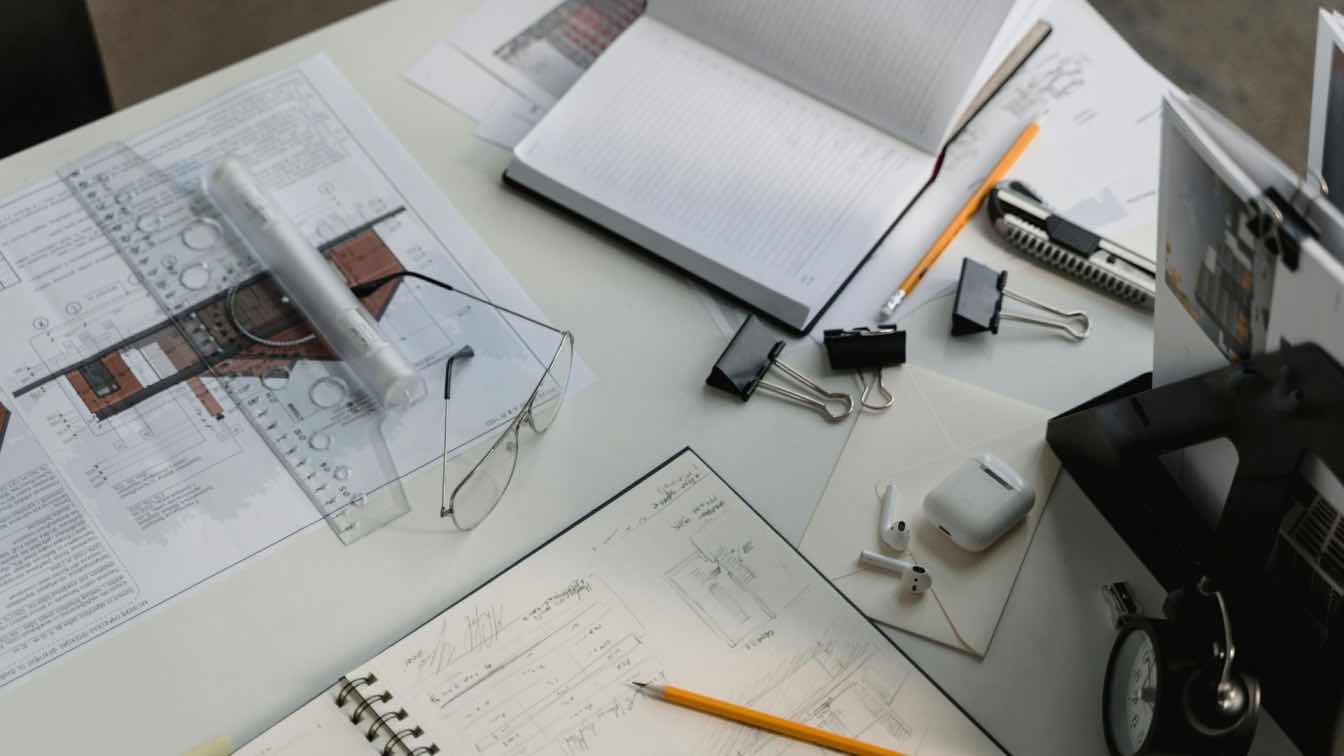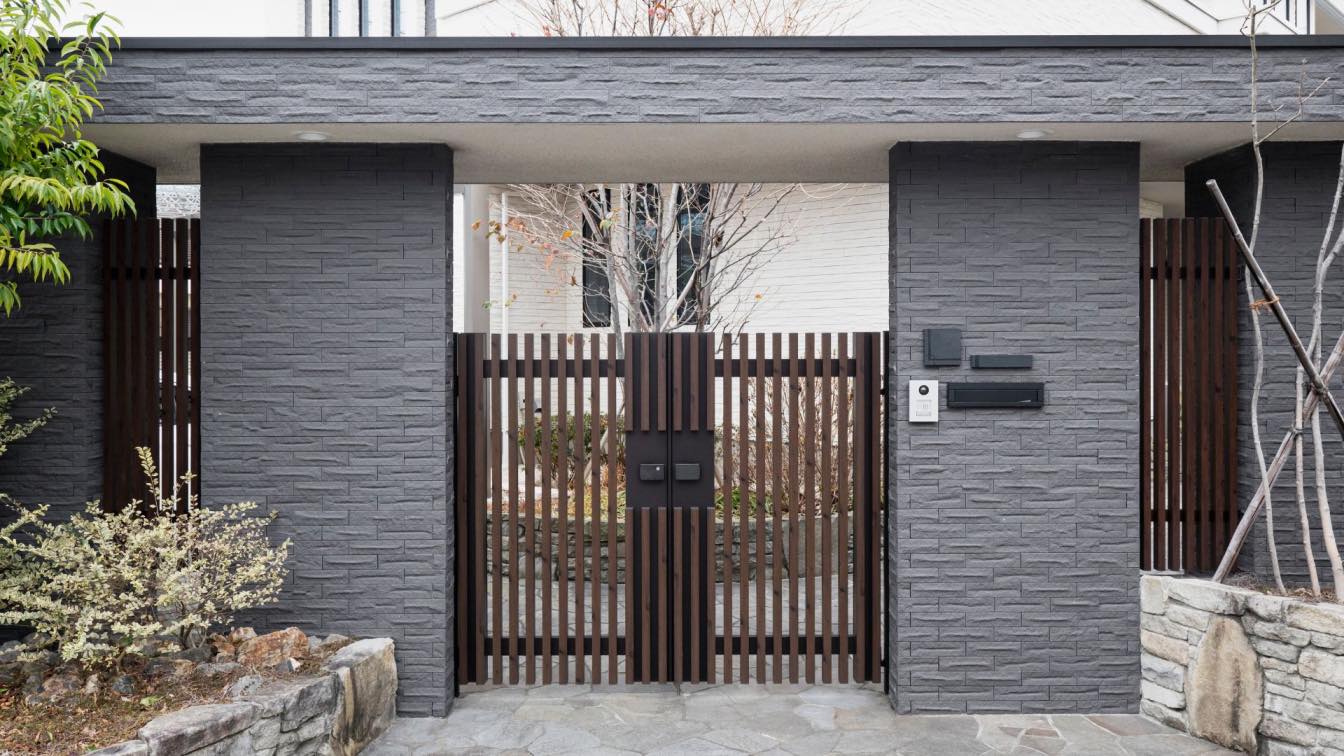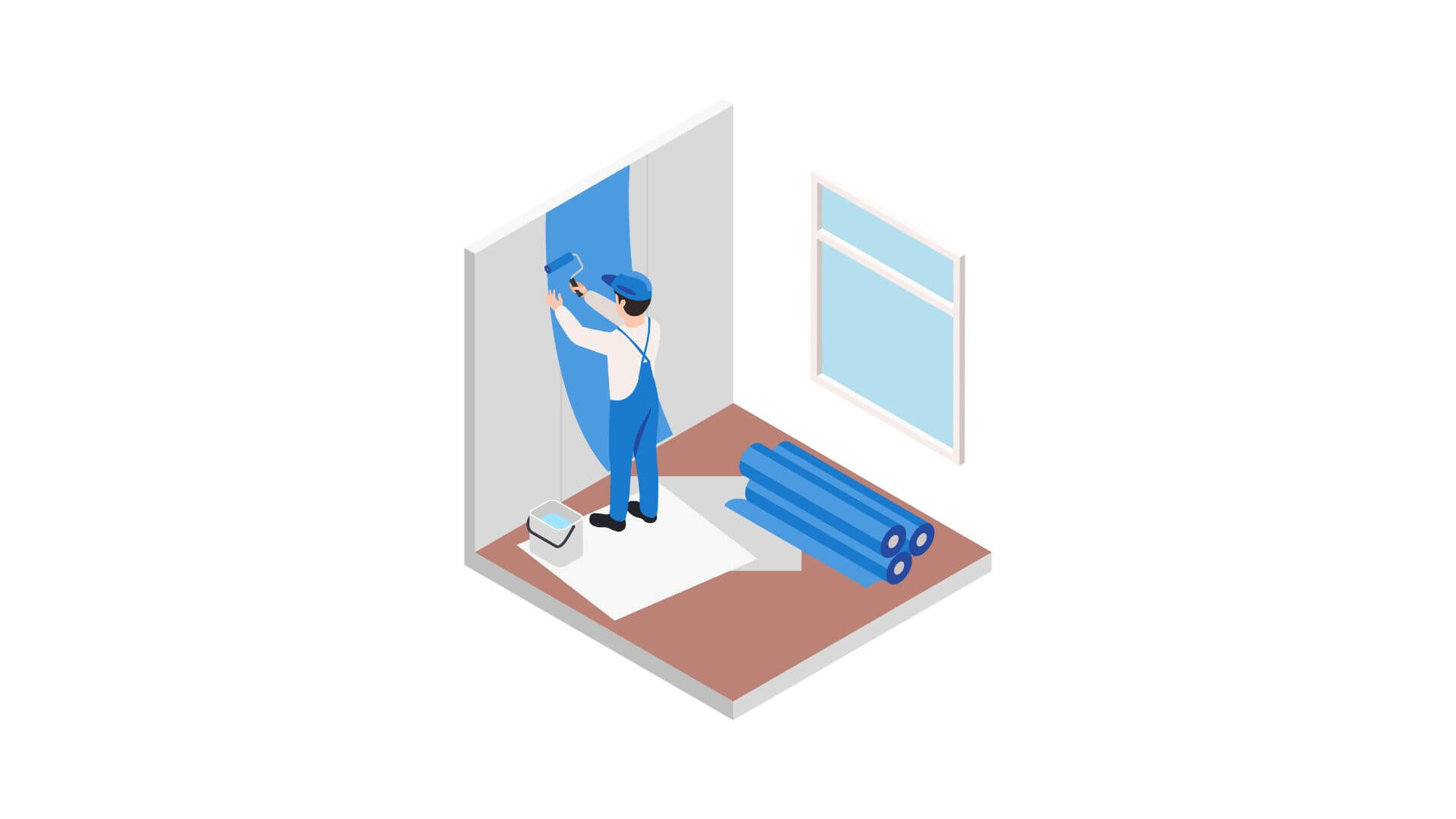A massive trend towards eco-friendly architecture and sustainability principles has recently taken center stage in construction.
In many green building initiatives, focus is on keeping the environmental impact low such as through energy efficiency features, and proper waste management.
Digital tools are at the core of this mission by helping architects and designers excel in their architectural efforts. From virtual mock-ups to free design templates, digital platforms have made creating eco-friendlier architectural projects speedier and hyper-accurate.
Here are ways in which digital platforms are revolutionizing green architecture.
Virtual Mock-Ups
While architects had to create a mock-up for an eco-friendly building first, today's digital tools make it possible to create virtual mock-ups of these buildings and test various designs without any physical construction.
With virtual mock-ups, the environmental impact, energy efficiency, and material sustainability can be analyzed so that all constituent elements of the building will be aligned with the objectives.
Virtual models also promote the possibility of discovering some problems during the designing phase, which is cost-effective since no heavy modifications will be required later on.
Architects will be able to see how a building will interact with the existing environment surrounding it, while its energy requirements can also be evaluated to focus on ways to produce waste minimally.
Easy-to-Access Free Design Templates for Accuracy
Digital tools have made free design templates available that meet eco-friendly architecture standards. They are pre-set with energy-efficient and sustainable design elements, which kick-start the architects' development of green projects.
The easy-to-access free templates smoothen the initial stages of design and reduce the time and effort required to create sustainable blueprints from scratch.
These templates can be versatile and customizable for original adaptations by architects in keeping with specific project requirements.
Since the initial designs will already incorporate eco-conscious features, templates ensure that the concept maintains consistency in sustainability from start to finish. This is useful when small firms or freelance architects have limited resources but aim to achieve high eco-friendliness standards.
Enhanced Collaboration with Digital Platforms
These digital platforms assist in communicating and creating one place where all team members can view the design files, provide feedback, and make amendments in real-time.
Such collaboration goes a long way in ensuring even the sustainable goals are upheld during the project, with each team member having the ability to provide insight into enhancing the building's environmental performance.
With the help of collaborative digital tools, there is no need for paper-based communication. This avoids the creation of waste, further adhering to the eco-friendly ethos of the project. Because everything was stored digitally, there would be less risk of losing information, and updates could be done quickly but more efficiently to keep the project on track and in line with sustainable objectives.
Data-Driven Decision Making
At this point, eco-analytics can provide architects with quantified energy use, carbon footprint, and other resource requirements for the different alternatives developed. Decision-making can thus be based on real quantitative insights that will allow architects to make more sustainable choices among their design options.
It also allows the architect to establish quantifiable sustainability targets and follow the development for the whole life of a project. This being the case, at any given moment, an architect can make all changes necessary to optimize efficiency and make a concept more 'green.'
Cloud-Based Project Management
Cloud-based project management tools enable architects to manage eco-friendly projects from a distance, reducing actual travel and minimizing the project's carbon footprint in general. Such tools make it easier to achieve a sustainable workflow since remote collaboration, real-time updating, and smoothing of project tracking are quickly done.
Cloud platforms also mean design files, project documents, and communication records are accessible from any location for more flexibility and an environmentally friendly approach to project management.
The centralized use of the tools further reduces the need for printed documents, as everything will be stored digitally and kept safely. Moving those projects to digital handling shows consideration for eco-friendly architecture by reducing usage and waste of paper.
Energy-Efficient Design Through BIM
Building Information Modeling (BIM) allows architects to build highly detailed three-dimensional models that contain material specifications, energy usage, and environmental impact. This holistic modeling approach lets the architects optimize energy efficiency, reduce material waste, and ensure every design element contributes to sustainability goals.
BIM further allows lifecycle analysis to be carried out whereby an architect can see how the building will behave over time and make necessary changes. This improves not just the longevity but efficiency as well.
For green architecture, BIM is invaluable in visualizing and implementing sustainable strategies to keep the building design most efficient and low-impact for many years.
Augmented Reality for Environmental Contextualization
Augmented reality allows architects to test how their designs will interact with natural surroundings: sunlight, wind patterns, and where the vegetation would be. The technology helps the architect make eco-friendly changes such as arranging windows to maximize natural light, which reduces energy consumption.
This will also allow the client to see some of the advantages of green features, thus increasing their buy-in for such a sustainable design decision. AR will thus enable architects and clients to weigh choices that are more in keeping with environmental considerations.
Digital Material Libraries for Eco-Friendly Choices
With digital material libraries, it is much easier for architects to specify materials in their work that are more sustainable. The materials can be rated according to carbon footprint, recyclability, and energy efficiency.
With this information at their fingertips, architects can easily pinpoint materials that fit into eco-friendly goals without giving anything away to quality and strength. Further, sourcing information is often included in these digital material libraries. It supports the ability to select locally sourced or recycled materials to reduce the environmental impact of construction even further.
Endnote
Digitization has advanced eco-friendly architecture, so an architect can easily incorporate sustainable design into his work. From virtual mock-ups to collaboration platforms to BIM and AR, all these tools assist in making environmental priorities easier to realize in construction.
As more architects adopt digital innovations in their work, there is a gradual inclination toward functional, pleasing-to-the-eye, yet safe-for-the-environment buildings.





